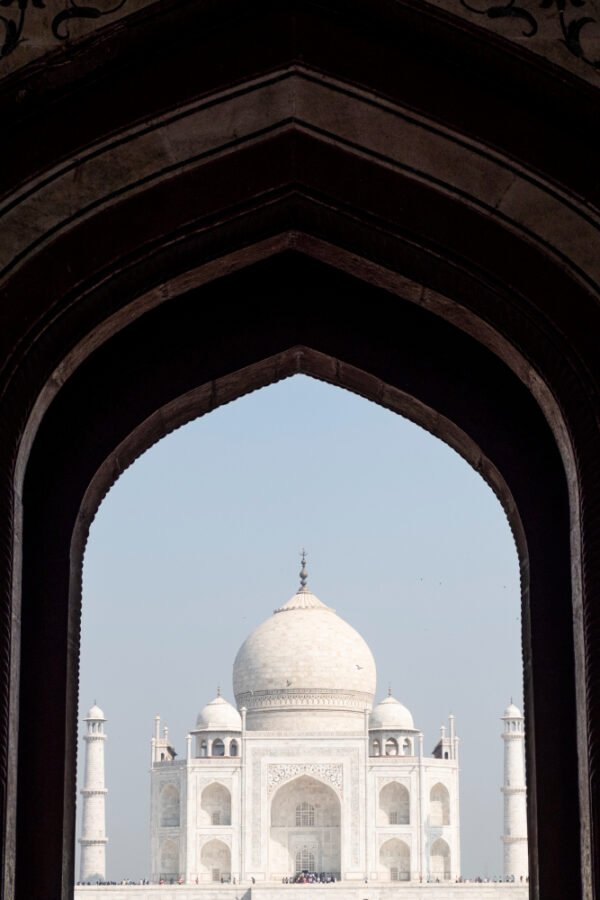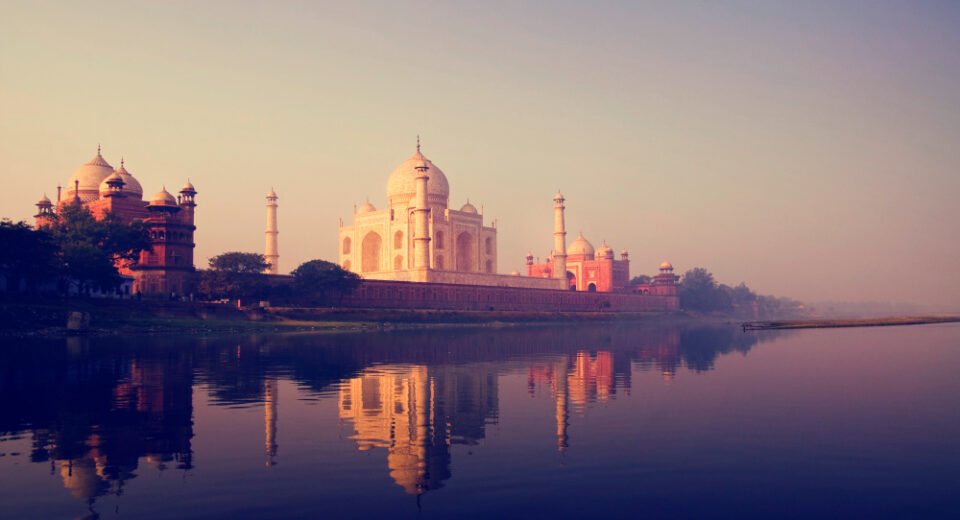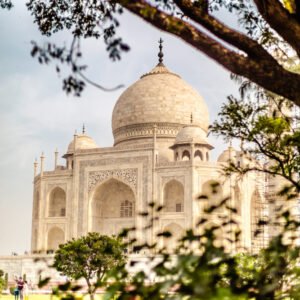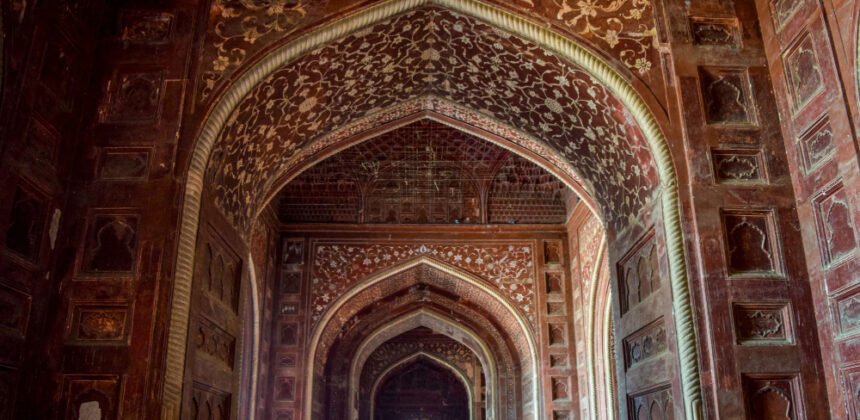Taj Mahal-India
-
Group Size 100 Peoples
-
LanguagesEnglish
Overview
The Taj Mahal, commissioned by Emperor Shah Jahan in 1653, is a stunning architectural marvel in Agra, India, symbolizing eternal love and a testament to Mughal architecture. The white marble monument, completed in 1653, features a symmetrical layout with four minarets and a prominent dome, blending Persian, Indian, and Islamic elements. The structure’s intricate carvings, semi-precious stones, and marble inlays create a captivating play of light and shadow. The Taj Mahal holds great emotional significance, representing the enduring relationship between Mumtaz Mahal and Shah Jahan. Visitors are captivated by the monument’s ethereal beauty and the emotional story it tells. As a UNESCO World Heritage Site, it attracts millions of tourists worldwide, drawn by its timeless romance and breathtaking architecture.
Highlights
- The Taj Mahal is one of the world's most beautiful monuments, known for its symmetrical form, delicate carvings, and elaborate marble inlays.
- The Taj Mahal is a timeless representation of love and devotion that was built by Emperor Shah Jahan as a memorial to his wife, Mumtaz Mahal.
- The Taj Mahal is a prime example of Mughal architecture, blending Islamic, Persian, and Indian elements to symbolize the cultural synthesis of the time.
- Renowned for its exquisite "pietra dura" marble inlay work, the Taj Mahal showcases elaborate floral designs and calligraphy crafted by trained artisans.
Included/Excluded
Languages
- English




